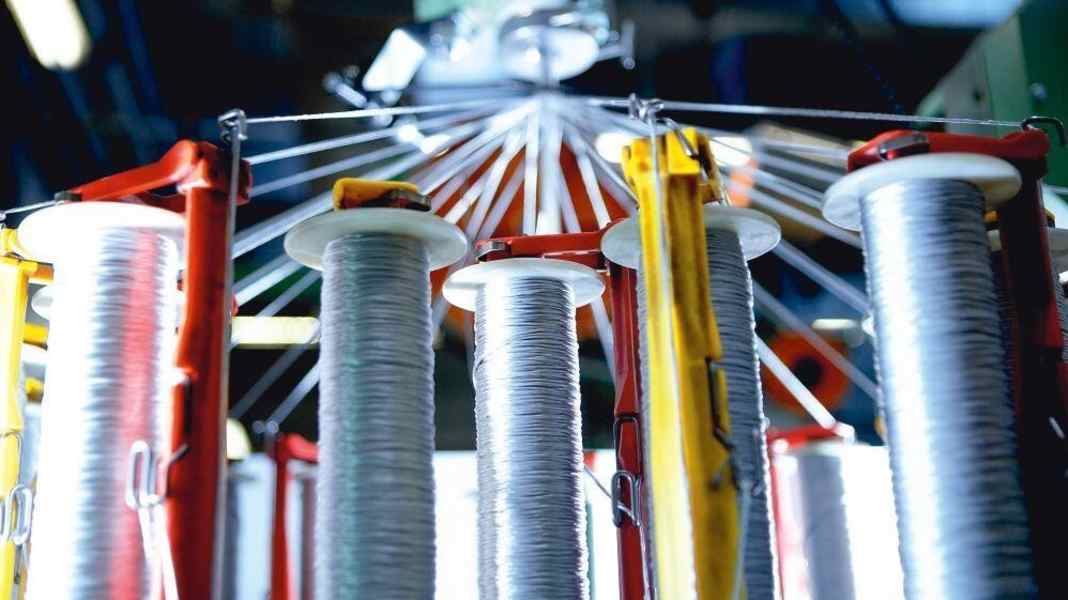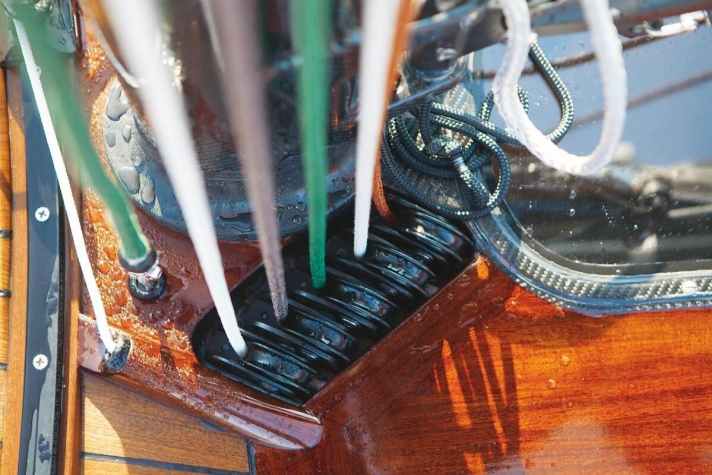
Whether new or used, nothing works on a sailing boat without ropes. Nevertheless, the ropes on many yachts lead a sad existence. Even the basic equipment is often skimped on. If the shipyard chooses inexpensive polyester products for the halyards instead of expensive heavy-duty fibres, the costs are at least halved. The tempting thing is that the cheap lines look just as good on the outside as the high-priced products. When new, they sometimes feel even smoother.
This also has consequences for retrofitting. Anyone who allows themselves to be overwhelmed by the wide range of products on offer from equipment suppliers is literally missing the mark. Even the manufacturer's labelling is of limited use. Especially in the lower price segment, ropes are often recommended for all possible uses at the same time. This is not wrong in principle, but disillusionment follows when sailing.

On the other hand, always choosing the most expensive rope makes the outfitter happy, but puts an unnecessary strain on the on-board budget. Instead, you should think about the requirements. The more precisely you know what you want the rope to do, the easier it is to select the optimum rope. The material and construction of the lines play a role here. They not only determine the price, but are also responsible for the stretch behaviour, breaking load, abrasion resistance and feel.

Especially in combination with halyard stoppers and winches, a different material mix in the cover can bring significantly better results. In addition, not every halyard and sheet has to be made of Dyneema; sometimes a little more stretch is even an advantage. The situation is similar with mooring lines. Here too, the material used and the braiding of the line have a direct impact on everyday life on board.
